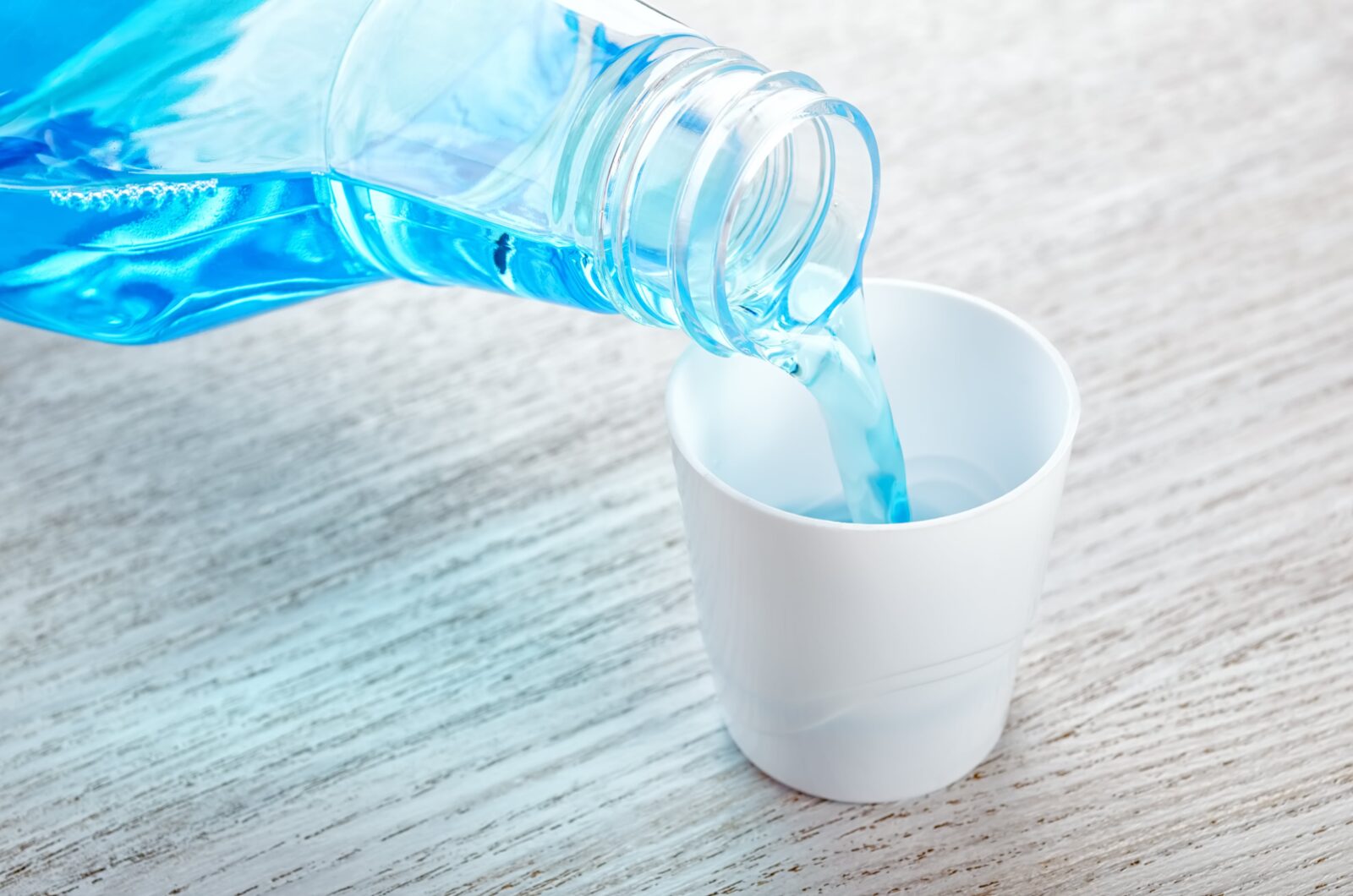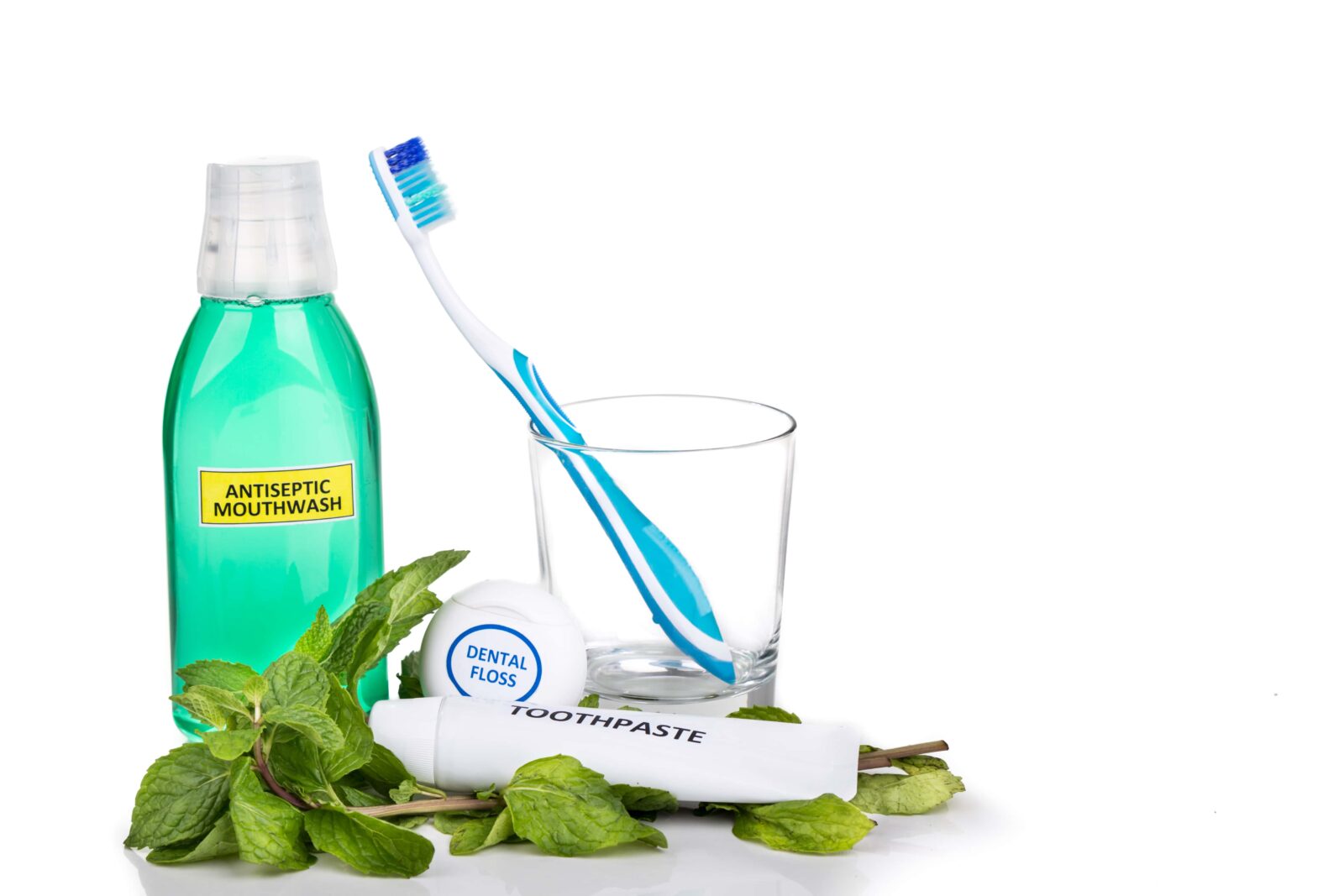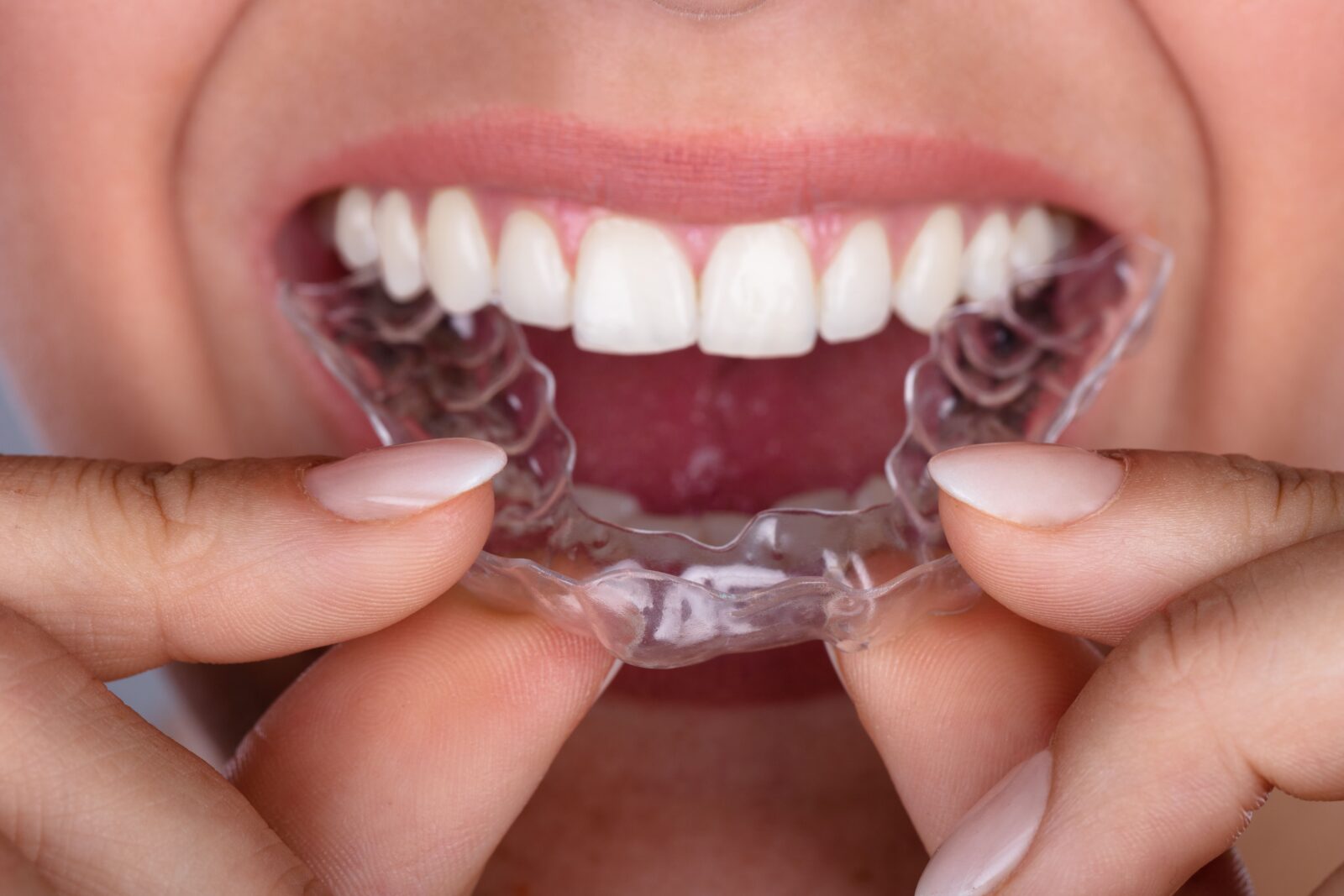
Tips for Maintaining Oral Hygiene While Traveling
Traveling offers a break from the norm, but your oral hygiene routine should never take a holiday. The importance of maintaining oral hygiene while on the move cannot be overstated, as neglecting it can lead to discomfort and health issues that could tarnish your travel experience. This blog will delve into essential tips for keeping your oral health in check while exploring new destinations. We’ll cover everything from pre-trip dental check-ups to the must-have items in your travel dental kit, and how to handle oral care on the go. By understanding the critical role of oral hygiene in your overall health and well-being, you can ensure that your adventures are memorable for the right reasons, keeping your smile bright and healthy no matter where your travels take you.

Mouthwash: What It Does and When To Use It
Welcome to our comprehensive guide on mouthwash, a vital player in the realm of oral hygiene. Often overlooked in the shadow of brushing and flossing, mouthwash holds significant benefits for maintaining a healthy mouth. In this blog, we’ll delve into the multifaceted world of mouthwash, exploring its various types, the numerous benefits it offers, and the optimal times and methods for its use. Whether you’re aiming to enhance your oral health routine, combat specific dental issues, or simply seeking to freshen your breath, understanding the correct use of mouthwash can make a substantial difference. Join us as we unravel the best practices for integrating mouthwash into your daily oral care, ensuring you achieve a cleaner, fresher, and healthier smile.

How to Choose the Right Oral Health Tools
Walking through the oral care aisle can sometimes feel like navigating a maze with the vast selection of products available. From toothbrushes and floss to mouthwashes and beyond, how do you choose the right tools for your oral health needs? This blog breaks down the essential considerations to help you make informed decisions that will keep your smile bright and your mouth healthy.

The Benefits of Tongue Cleaning
Tongue cleaning, a practice as old as any in the realm of personal hygiene, remains one of the most underrated yet crucial steps toward achieving optimal oral health. While many diligently brush and floss, the tongue often escapes notice, quietly harboring bacteria and toxins that can affect our overall well-being. This blog aims to shed light on the ancient practice of tongue cleaning, exploring its significant health benefits, debunking myths, and guiding you through the most effective techniques. By understanding and incorporating this simple practice into our daily routines, we can take a comprehensive approach to oral hygiene, enhancing our health, and refreshing our breath in ways we never thought possible.

How to Properly Brush and Floss Your Teeth
Embarking on a journey toward impeccable oral health begins with mastering two fundamental practices: proper brushing and flossing. Despite their critical role in maintaining dental hygiene, many individuals fall short of employing the correct techniques, potentially compromising their oral health. This blog is meticulously crafted to guide you through the essentials of effective tooth brushing and flossing, ensuring that every crevice and corner of your mouth receives the attention it deserves. With expert advice from dental professionals and step-by-step instructions, we aim to transform your daily oral care routine into a powerful defense against plaque, cavities, and gum disease. Whether you’re looking to refine your skills or build a solid foundation from scratch, this comprehensive guide is your pathway to a healthier smile and a brighter future for your teeth.

Can Periodontal Disease Cause Migraines?
In the realm of dental health, periodontal disease is a well-known adversary, characterized by gum inflammation that can progress to affect the bone that supports your teeth. On the other hand, migraines are a severe form of headache that can significantly impair the quality of life of those affected. While at first glance, these two conditions may seem unrelated, emerging research suggests a possible link between periodontal disease and the incidence of migraines. This intriguing connection offers a new perspective on the importance of oral health and its impact on overall well-being.

3 Affordable Cosmetic Dental Treatments
A beautiful smile can significantly boost your confidence and overall appearance. Fortunately, achieving that perfect smile doesn’t always have to break the bank. In the realm of cosmetic dentistry, there are several affordable treatments that can make a big difference in your smile’s aesthetics. Let’s explore three popular options: teeth whitening, cosmetic bonding, and enamel contouring.

6 Common Oral Health Myths
Oral health is an integral part of overall wellness, yet it’s surrounded by a plethora of myths that can mislead even the most health-conscious individuals. In this blog, we’ll debunk some of the most common oral health myths, providing you with the facts you need to maintain a healthier, brighter smile.

8 Reasons to Have Your Teeth Straightened with Invisalign
In today’s cosmetic dentistry, Invisalign is leading the way in transforming smiles with its innovative clear aligner technology. Offering a blend of efficiency, discretion, and comfort, it’s no wonder why Invisalign has become the go-to option for those looking to straighten their teeth. Here are the top ten reasons why opting for Invisalign could be the best decision for your smile:


